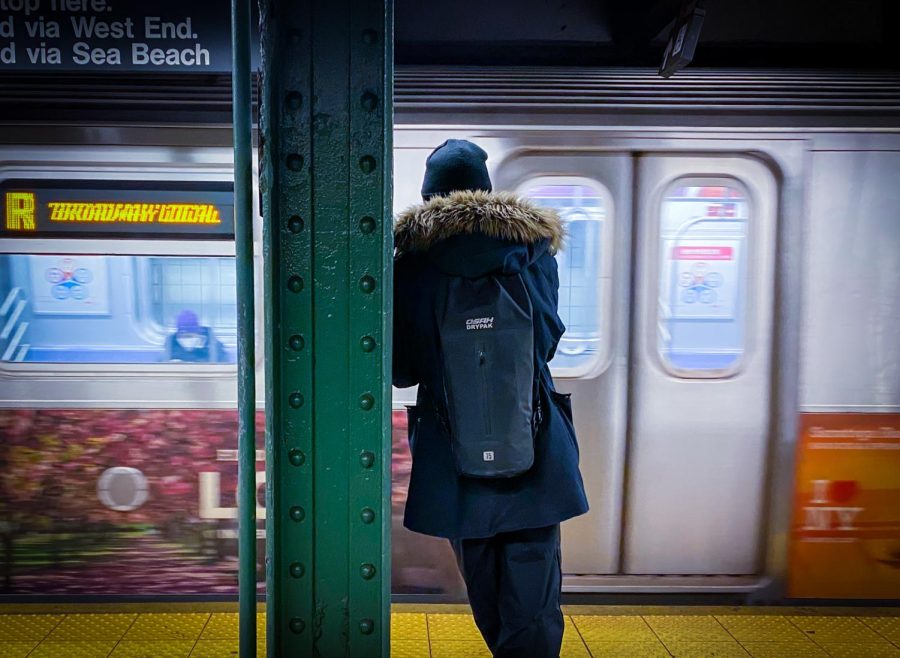MTA considers fare hikes and layoffs as deficit looms
December 10, 2022
The Metropolitan Transport Authority proposed a fare hike, toll hike and staff layoffs to save costs as it faces declining ridership and a growing budget deficit.
The MTA unveiled its proposed budget for 2023 and its financial plan for the next four years during a board meeting on Nov. 30. In 2023 and 2025, tolls for bridges and tunnels that the agency regulates will rise 7%, while fares for buses and subways would rise 5.5%.
Customers reliant on the MTA’s public transportation services would pay $3.05 for one ride by 2025, up 30 cents from the current fare.
The MTA previously installed a plan to hike fares and tolls by 4% every two years between 2009 and 2019.
A year following the last 4% hike, the city faced a decline in economic activity and travel due to the COVID-19 pandemic, which the agency took into account in this proposed budget. Trains currently run with 63% of its ridership in 2019, as of Dec. 5.
MTA CEO Janno Lieber noted in a press conference that the agency proved to be an essential organ of the city during the pandemic, saying that pandemic ridership rested at 10% and ridership in some neighborhoods rose back between 80% and 90%.
Although the agency is trying to avoid layoffs and service changes, MTA Chief Financial Officer Kevin Willens said that “the board will have to look to larger fare hikes, service cuts and headcount reduction” in its effort to close the deficit gap.
“Folks who are dependent on mass transit — it doesn’t make sense to me that they should suffer with much less service,” Lieber said in a press conference.
The MTA and Transport Workers Union Local 100 are expected to negotiate labor conditions, as their current contract will expire on May 15, 2023.
The agency received $15 billion in federal relief funds for the COVID-19 pandemic between 2020 and 2021. About $5.6 billion from the fund remains. The MTA estimated the funds will be depleted by 2026.
The MTA advanced recommendations from its July financial plan into the proposed budget. The agency aims to reduce its $2.6 billion deficit down to $600 million by next year, in addition to approximately $3 billion in 2025 and 2026 reduced to $1.2 billion.
The MTA would also increase its savings from $100 million in 2023 to $416 million in 2026.
Despite the proposed cost-targeting changes, the MTA said it would require a $600 million infusion from government agencies in order to balance the budget, as is required by law.
Lieber called on the government at the city, state and federal levels to help fund the MTA. New York Gov. Kathy Hochul said last year that fare hikes and service cuts were “off the table” due to the Infrastructure Investment and Jobs Act.
“All levels of government must step up and fund the bus and subway system,” TWU Local 100 President Tony Utano said in a statement, as reported by Gothamist. “Or we are going to quickly slide back into another horrible era with equipment breakdowns, delayed trips, track fires and graffiti everywhere.”
Richard Davey, the president of the New York City Transit Authority, added that through the proposed hikes, the agency aims to sustain a level of “at least 70% customer satisfaction across subway, bus, and paratransit by June 2024.”
However, customers of the MTA expressed frustration toward the proposed plans.
“In respect to the MTA in general and the violence on the subways, people aren’t ready, really, to go back,” MTA commuter Charlie Termini said. “That’s part of the problem, you’re not getting the ridership.”
The MTA’s board will consider and approve next year’s budget on Dec. 21. It will also invite concerned commuters to make themselves heard at public hearings before any fare hikes go into effect.









